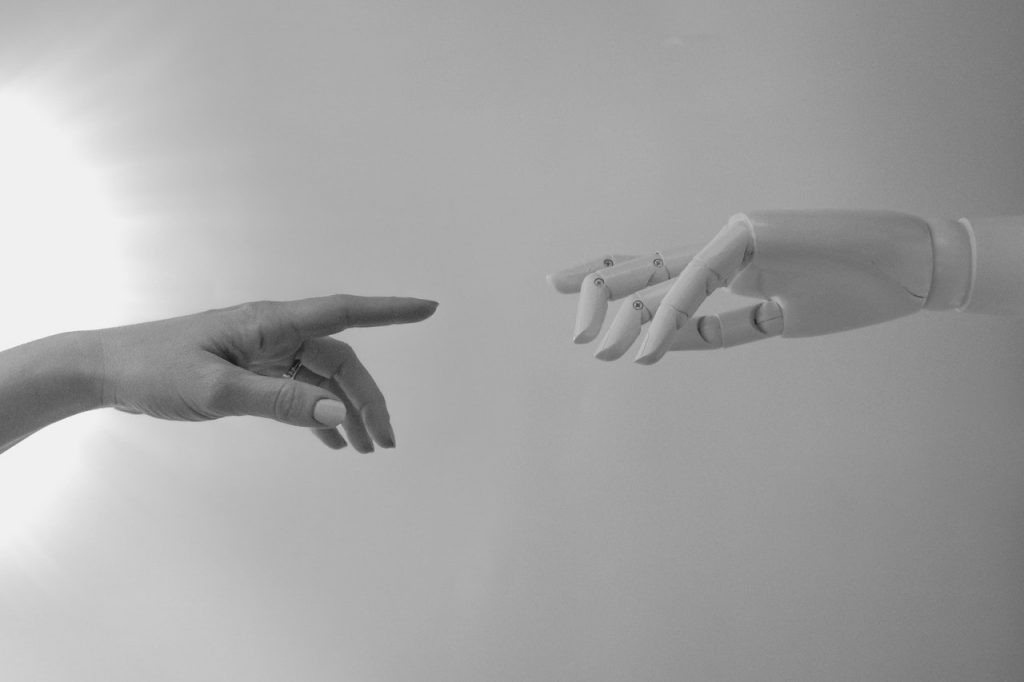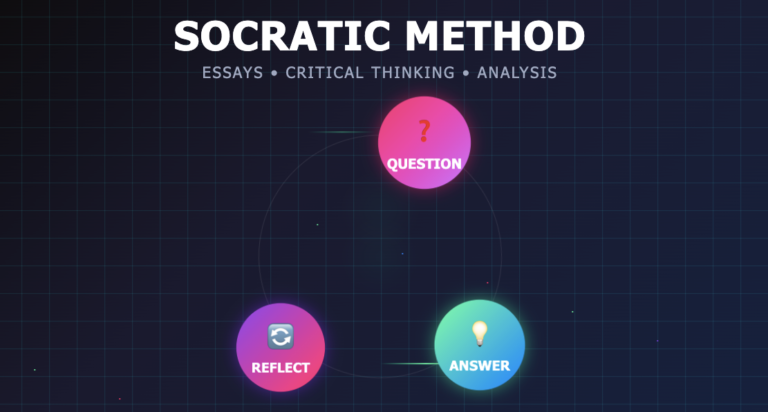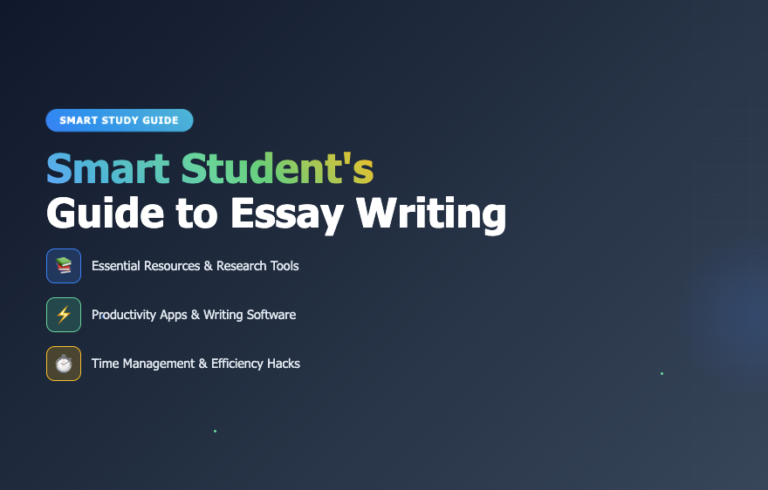A Non fungible token or NFT is one of the hottest topics of discussion about blockchain technology in recent times. They have already earned a lot of popularity within a quick span of time similar to the DeFi and Bitcoin Halving in the summers of 2020.NFTs happen to be the emerging trend in the cryptocurrency industry as a means for creating and propagating very exciting opportunities for different collectors as well as brands. Let us delve a bit deeper into the topic to understand what NFTs are.
What is a Non Fungible Token ?

A non fungible token is a cryptographic token representing something unique and possesses individual characteristics which set them apart. Stating in basic terms, non-fungible tokens represent uniqueness and cannot be equated or replicated with any similar asset. Owning an NFT is something like owning a special type of collectible antique or work of art. These tokens are like digital assets that generate very good value due to their uniqueness.
Fungibility refers to the ability of any asset to be interchanged or exchanged with another similar type of asset. It implies the presence of certain equality between the two assets in terms of value. On the other hand, non-fungibility might look quite similar and belong to the same category, but they are different from each other in terms of the information they hold, thereby making each one unique.
A Brief History of Non Fungible Tokens.
Some experiments were conducted with the emergence of colored coins in the Bitcoin network before Cryptokitties which is a period unironically referred to as ‘0 BC’. One of the first new illustrations was referred to as ‘Rare Pepe’ built on the Bitcoin counterparty system. After some time, a very rare set of ‘Rare Pepe’ was auctioned in New York that was sold at a good price. The first Ethereum-based non fungible token experiment was CryptoPunks. It consisted of 10000 unique punk collectibles where each of them had unique features and characteristics.
CryptoPunks was first built by Larva Labs which was featured as an on-chain marketplace. It could be accessed and used by different crypto wallets like MetaMask. This, in turn, reduced the entry barrier for interacting with NFTs for crypto users. It was Cryptokitties that marked the incidence of an era that pushed non-fungible tokens into the mainstream to finally launch in the latter half of the year 2017.
The debut of Cryptokitties was at the ETH Waterloo hackathon with a primitive on-chain game. There were many in that gaming community who labeled Cryptokitties as ‘not a real game,’ but the team playing found their way around the design constraints of blockchain quite well. Between the years 2018 and 2019, there was a massive exponential growth of NFTs which is referred to as the ‘NFT Cambrian Explosion.’ NFTs are lower in volume than other crypto markets, their trade volumes are increasing at a good pace.
How Does a Non Fungible Token Work?
Traditional artworks like paintings possess a lot of value since they are one of a specific kind. But with digital files, they can be very easily limitlessly duplicated. With the help of a non-fungible token, the artwork can be “tokenized” for the creation of a digital certificate of ownership which when can be easily bought and sold.
Similar to cryptocurrency, a clear record of ownership is stored on a shared ledger referred to as the blockchain. These records cannot be forged easily since the ledger where they are stored is maintained by a huge network of computers all around the world. A non-fungible token can also contain smart contracts which might provide the artist a cut of any future sale of the token.
Most of the non-fungible tokens are a part of the Ethereum or ETH blockchain at a high level. ETH is a cryptocurrency, similar to Bitcoin or Dogecoin. But their blockchain also supports non-fungible tokens. These tokens store extra information which in turn makes them work differently from an Ethereum coin. Here it is important to notice that other blockchain might implement their own different versions of non-fungible tokens.
What are Non Fungible Token Standards?
Understanding the standards for NFTs is of immense importance since it has a significant role to play when it comes to enhancing their power. The standards offer assurance to the developers that the involved assets would be behaving in a certain manner. Moreover, the standards help describe the working of the interactions when the NFTs try to interact with the basic functionality of the assets. Here are the two common standards for non fungible token.
ERC721 – It is the most popular standard for NFTs and was brought to existence by Cryptokitties. ERC721 is a blockchain game developed on Ethereum which happens to be a unique game allowing the players to buy, collect, breed, and sell virtual cats. ERC721 two simple methods that portray the essence of non-fungible tokens.
- It provides a mapping of distinctive identifiers to addresses.
- It provides authorization to transfer these assets.
ERC1155 – ERC1155 was developed by the Enjin Team and this Ethereum standard brings about the idea of semi-fungibility into the world of non-fungible tokens. With this standard for NFTs, IDs instead of representing individual assets, represent a class of assets. It is immensely beneficial because it brings in efficiency and lowers the efforts required for modifying smart contracts for a high volume of items.
Applications of Non Fungible Tokens.
A Non-fungible token has a wide array of applications because of its existence and trading on the blockchain network. To make it easier for the users to understand, here are a few major ways of using non-fungible tokens.
- Constructing and curating collections
- Using NFTs in games as well as other decentralized uses
- It can be used to purchase or buy NFTs in a marketplace
- Gifting NFTs to other people
- Trading NFTs with others
Showcasing the public non-fungible token inventory by different means like social media platforms or other decentralized uses
What is the Worth of Non-Fungible Tokens?
It might sound quite wild but the truth is that people are paying millions of dollars for the non-fungible tokens. On the 19th of February 2021, an animated Gif of Nyan Cat which is nothing but a 2011 meme of a flying pop-tart cat was sold for more than 500,000 dollars. Sometime later, musician Grimes sold some of her digital art for more than about six million dollars.
It is not just about the art being tokenized and sold. Jack Dorsey, the founder of Twitter has promoted a non-fungible token of the first-ever tweet which had phenomenal bids of about 2.5 million dollars. A completely new record for digital art was created after Christie’s sale of a non-fungible token by digital artist Beeple for about 69 million dollars.
Few Factors to Consider While Buying Non Fungible Tokens
After you have an idea about non-fungible tokens and their worth, would you consider buying them? If you are planning to buy one, then here are a few important factors to consider before you finally make your decision.
- The Market is Very New – We do not have a clear idea yet about the non-fungible token market, whether it will grow in the time to come or not. For instance, the sale of Beeple’s digital art valued more than 69 million dollars might completely lose its value in the future or rise further. Nobody knows since the market is relatively new. Though everything regarding crypto is hot and trending still we can definitely say anything about non-fungible tokens.
- Theft and Fraud – One of the biggest USPs of non-fungible tokens is their allowance to digital artists to claim ownership of their work. Before it was tough to earn anything from the files that people could download and share for free without the artist’s permission. But it does not mean non-fungible tokens are protected from fraud. There are several cases coming up where artists are complaining about their work being tokenized without their knowledge.
Moreover, it is not yet clear how the artists would reclaim the ownership once it incorrectly enters into the blockchain in another person’s name. So, the chances of fraud and theft loom over. If you still wish to buy, check out for a trusted and reputed NFT exchange. At the same time, the buyers need to make sure that the non-fungible token has a high degree of artist verification along with good security credentials.
- Copyright – It is to be kept in mind while buying a non-fungible token that the copyright would not be owned by the buyer. In most cases, the artist has the copyright and can even claim royalties on sale. So, the buyers won’t be able to do everything as per their liking. So, it becomes crucial to understand all the terms involved before buying.
- Storage – Ultimately, you need to consider storing the non-fungible token you buy. We have learned that there is a possibility of NTF being stolen. But have you ever thought about the original file? You would not be able to store the individual assets in the blockchain ledger since the ledger stores the tokens and not the item.
The non-fungible token usually contains a link or URL to the purchased item. Thus, digital art would be stored somewhere else. Now, if the stored file type stops working or the data gets corrupted, the buyer can be in deep trouble. So, the buyer needs to find a place to store the NFT which is again a vital factor to consider before buying.
Should You Buy a Non-Fungible Token?
Buying a non-fungible token does not mean owning the actual asset. Here is an example to understand. Nyan Cat meme’s creator sold a non-fungible token for 590,000 dollars but the person who bought it does not own the meme. The meme still belongs to the creator who had the creative as well as intellectual rights.
The token’s owner has a record and a hash code showing the unique token’s ownership related to the particular asset. Anybody can download the meme and use it but none would be owning the token which means none would be able to sell the token. It is only the owner of the token who can sell it.
All the factors to consider mentioned above can have solutions. But the industry is at the bud stage, thereby making it quite unclear about the solutions and whether they would be able to protect the interests of the early adopters of NFTs. Therefore, buying a non-fungible token right now can involve a lot of risks.
The NFTs are themselves volatile and they belong to an already volatile cryptocurrency market. In addition to this, traditional art, as well as collectibles, are quite challenging to value and difficult to invest in if the buyer does not have a complete understanding of the market.
It would not be a good idea to invest in non-fungible tokens just because you feel you are missing out on an investment opportunity. It would still make sense you are aware of the following.
- Have a very good understanding of the traditional art market
- You are already in this field where you have a collection of art, sports trading cards, or anything else
- You are not looking forward to making short cut money and see a long-term value in the investment
Finally, you should avoid investing in non-fungible tokens with your emergency fund since results can be disastrous. There is a high chance the non-fungible token market will see growth in the future where the NFTs will enhance in value but you should only go for it where there is a scope to bet cash on the chance of the investment failing.
Future of Non-Fungible Tokens.

Non-fungible tokens are at the budding stage and the technology behind them is under continuous changes as well as improvements due to the technical innovations. NFTs have their limitations and challenges that need proper tackling for much smoother incorporation, as well as usage. One of the crucial challenges is their inaccessibility to mainstream users, and it is only being used by tech adopters using blockchain platforms at present.
Another challenge is regarding the buying and selling of NFTs. Efficient platforms are required to be built to support larger transactions. But the future of NFTs looks quite promising which is evident from the total market of NFTs crossing 100 million dollars by July 2020.
There are speculations that about 40 percent of new crypto users will make use of non-fungible tokens as an entry point. Surpassing the value of 4 billion dollars by the decentralized finance industry, it is quite obvious that the space for non-fungible tokens is all set to achieve exponential growth in the time to come. Let us wait to see how a non-fungible token grows.
SoluLab is one of the top 3 blockchain developers in the world. We create NFT marketplaces that get millions of traffic daily. Reach out to us today for your project’s free consultation.




